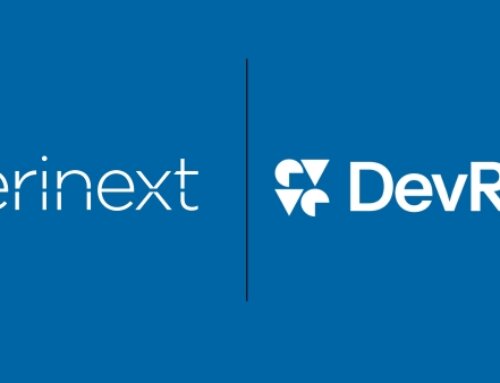In an era where data breaches are not just costly incidents but can vastly erode trust in a corporation, ensuring the compliance of your enterprise network with global data protection regulations is more crucial than ever. Navigating the labyrinth of these regulations can be a daunting task. From the General Data Protection Regulation (GDPR) in the European Union to the California Consumer Privacy Act (CCPA) in the United States and numerous other regional and sector-specific regulations, regulations are a complex landscape in constant flux.
Enterprise networks today are not merely data conduits; they are the lifeblood of business operations and the guardian of sensitive information. For this reason, harmonizing your enterprise network compliance strategy with global data protection regulations is not just a legal requirement; it’s a strategic imperative.
Understanding the Global Data Protection Landscape
The first step in ensuring compliance is understanding the global regulatory environment. Regulations like GDPR and CCPA are landmarks in data protection, setting stringent requirements for data handling, storage and processing. GDPR, for instance, applies to all entities processing the personal data of individuals in the EU, regardless of the entity’s location, bringing many global businesses under its purview. Similarly, CCPA has set the tone for privacy legislation in the United States, emphasizing consumer rights to access and control their personal information.
These regulations share common themes such as transparency, security and accountability. However, they also have unique requirements that may necessitate specific adjustments to your network infrastructure and operations.
6 Key Strategies for Enterprise Network Compliance
There are six key strategies to help you stay on top of compliance regulations in your area. These strategies will help you understand, implement and continue to comply with these evolving regulations.
- Data Mapping and Classification
Understanding where and how personal data flows through your enterprise network is foundational. Data mapping helps identify critical data processing activities and pinpoint the data’s journey from collection to disposal. The insight gained from mapping and classifying data is invaluable for implementing robust protection measures and ensuring data handling practices align with legal requirements.
- Implementing Privacy by Design
Privacy by Design involves integrating data protection principles from the initial design phase of network architecture and business practices. This approach not only aids in regulatory compliance but also minimizes risk by embedding privacy features into the network infrastructure.
- Regular Compliance Audits
Ongoing assessments of your network’s adherence to data protection regulations are crucial. Regular audits can reveal gaps in compliance, allowing vulnerabilities to get addressed before they escalate into significant issues.
- Employee Training and Awareness
The human factor often presents a high risk to data security. Regular training programs for employees on the importance of data protection and the specific compliance requirements relevant to their roles can significantly mitigate this risk. Creating a culture of compliance and awareness across the organization is integral to defending against data breaches.
- Adopting Encryption and Other Security Measures
Encryption plays a pivotal role in safeguarding data within the network. Alongside encryption, adopting other state-of-the-art security measures like multi-factor authentication, regular vulnerability scanning and network segmentation can fortify your enterprise network against unauthorized access and data leaks.
- Partnering with Compliant Service Providers
Enterprises leveraging third-party services need partners who demonstrate commitment to data protection compliance. The responsibility for data processed by third parties ultimately lies with the primary entity, making it essential to conduct due diligence and enforce data protection agreements with all vendors.
The Road Ahead
Navigating the landscape of global data protection regulations requires a multifaceted approach, blending technological solutions with organizational strategies. The road to compliance is ongoing, propelled by evolving legislation and changing cybersecurity threats. However, by adopting a comprehensive and proactive stance towards data protection, enterprises can ensure compliance while strengthening their reputation, building trust, and laying a solid foundation for sustainable business growth in the digital age.
Ensuring your enterprise network complies with global data protection regulations is not just about avoiding penalties; it’s about safeguarding the future of your business in a world where data integrity is paramount. By embracing these strategies, enterprises can navigate the complexities of compliance with confidence becasue they will stay ahead in a rapidly changing regulatory landscape.
If you need help ensuring your network complies with your region’s regulations, Verinex has compliance & risk management experts and programs to help secure your enterprise. Contact us today and discover which of our solutions best meets your needs.
Related Posts:
Operational Resilience: Implementing Robust OT Security in Critical Infrastructure






